
Paul Gauguin Giclée Fine Art Prints 8 of 8
1848-1903
French Post-Impressionist Painter
179 Gauguin Artworks
Page 8 of 8

Giclée Canvas Print
$80.15
$80.15
SKU: 13130-GAP
Paul Gauguin
Original Size:64 x 74 cm
National Gallery, London, UK
Paul Gauguin
Original Size:64 x 74 cm
National Gallery, London, UK
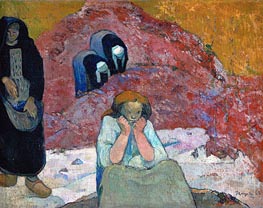
Giclée Canvas Print
$73.85
$73.85
SKU: 13012-GAP
Paul Gauguin
Original Size:73 x 92 cm
Ordrupgaard, Copenhagen, Denmark
Paul Gauguin
Original Size:73 x 92 cm
Ordrupgaard, Copenhagen, Denmark
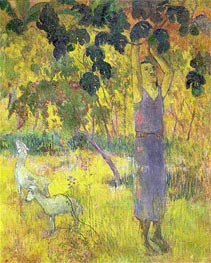
Giclée Canvas Print
$75.04
$75.04
SKU: 13152-GAP
Paul Gauguin
Original Size:92 x 72 cm
The State Hermitage Museum, St. Petersburg, Russia
Paul Gauguin
Original Size:92 x 72 cm
The State Hermitage Museum, St. Petersburg, Russia
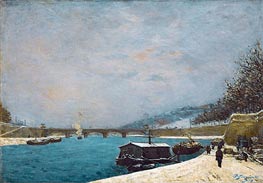
Giclée Canvas Print
$65.01
$65.01
SKU: 13091-GAP
Paul Gauguin
Original Size:65 x 92.5 cm
Musee d'Orsay, Paris, France
Paul Gauguin
Original Size:65 x 92.5 cm
Musee d'Orsay, Paris, France
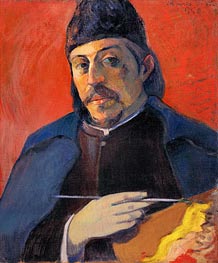
Giclée Canvas Print
$77.25
$77.25
SKU: 13006-GAP
Paul Gauguin
Original Size:93 x 73 cm
Private Collection
Paul Gauguin
Original Size:93 x 73 cm
Private Collection
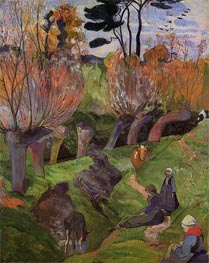
Giclée Canvas Print
$74.53
$74.53
SKU: 3039-GAP
Paul Gauguin
Original Size:92 x 74.5 cm
Nasjonalgalleriet, Oslo, Norway
Paul Gauguin
Original Size:92 x 74.5 cm
Nasjonalgalleriet, Oslo, Norway
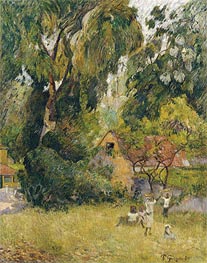
Giclée Canvas Print
$73.68
$73.68
SKU: 13149-GAP
Paul Gauguin
Original Size:unknown
Private Collection
Paul Gauguin
Original Size:unknown
Private Collection

Giclée Canvas Print
$73.51
$73.51
SKU: 13139-GAP
Paul Gauguin
Original Size:73 x 92 cm
Thyssen-Bornemisza Museum, Madrid, Spain
Paul Gauguin
Original Size:73 x 92 cm
Thyssen-Bornemisza Museum, Madrid, Spain

Giclée Canvas Print
$67.04
$67.04
SKU: 13144-GAP
Paul Gauguin
Original Size:95.1 x 130.2 cm
Courtauld Institute of Art, London, UK
Paul Gauguin
Original Size:95.1 x 130.2 cm
Courtauld Institute of Art, London, UK
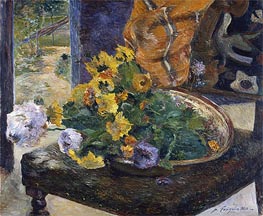
Giclée Canvas Print
$76.91
$76.91
SKU: 13153-GAP
Paul Gauguin
Original Size:54 x 65.1 cm
Private Collection
Paul Gauguin
Original Size:54 x 65.1 cm
Private Collection
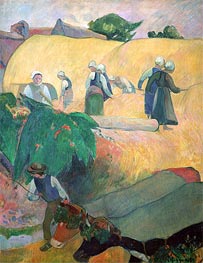
Giclée Canvas Print
$74.36
$74.36
SKU: 13151-GAP
Paul Gauguin
Original Size:92 x 73.3 cm
Courtauld Institute of Art, London, UK
Paul Gauguin
Original Size:92 x 73.3 cm
Courtauld Institute of Art, London, UK